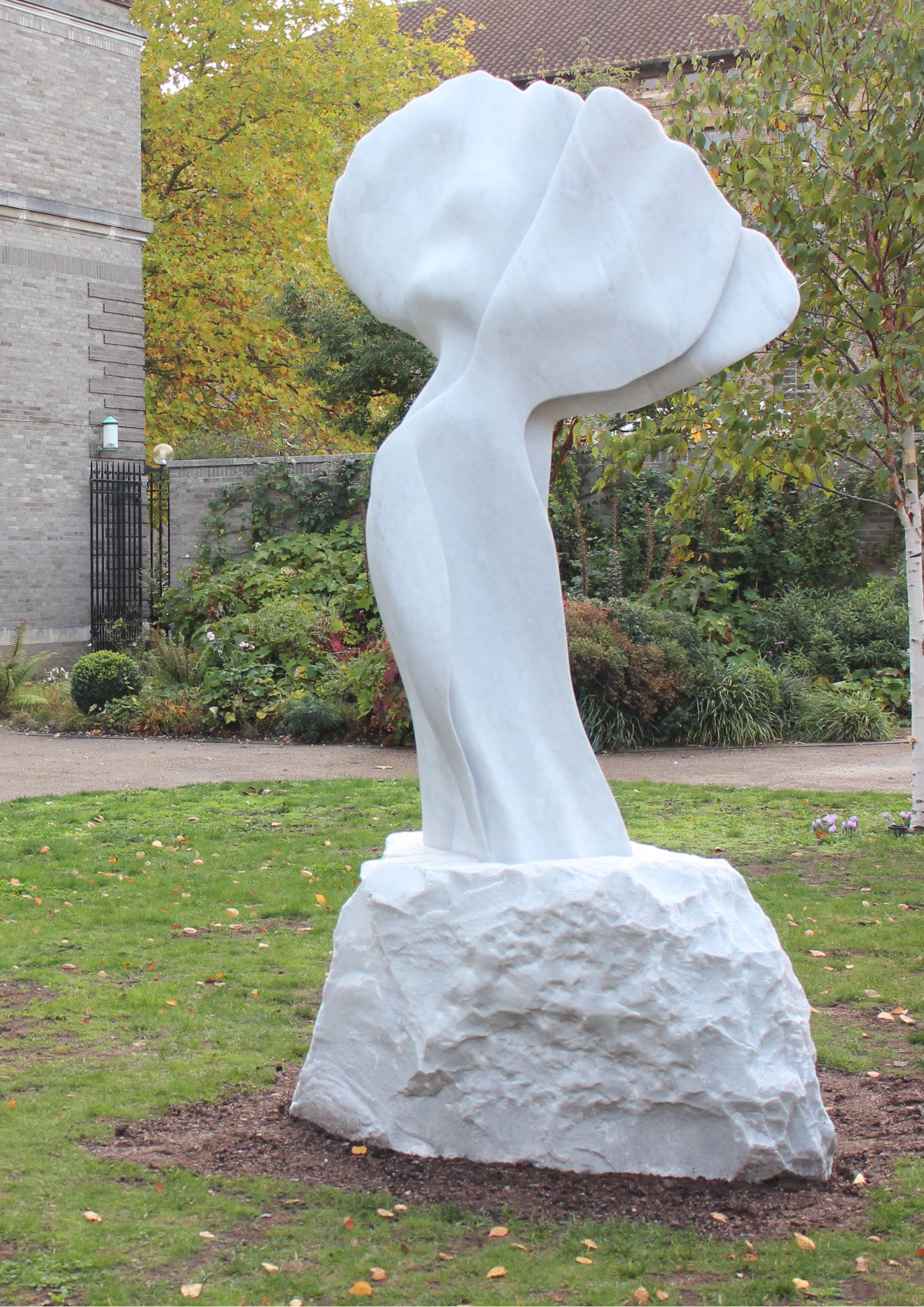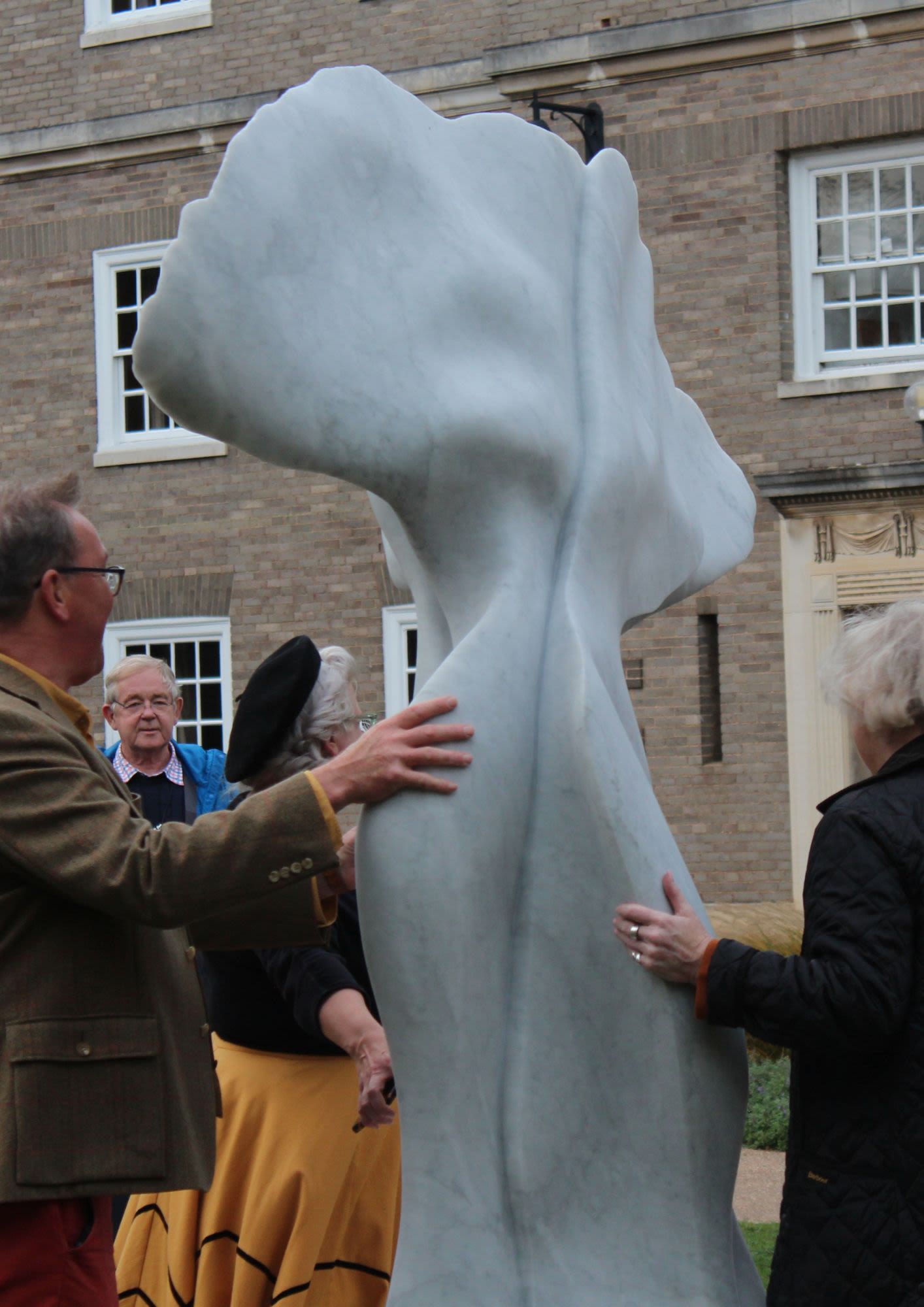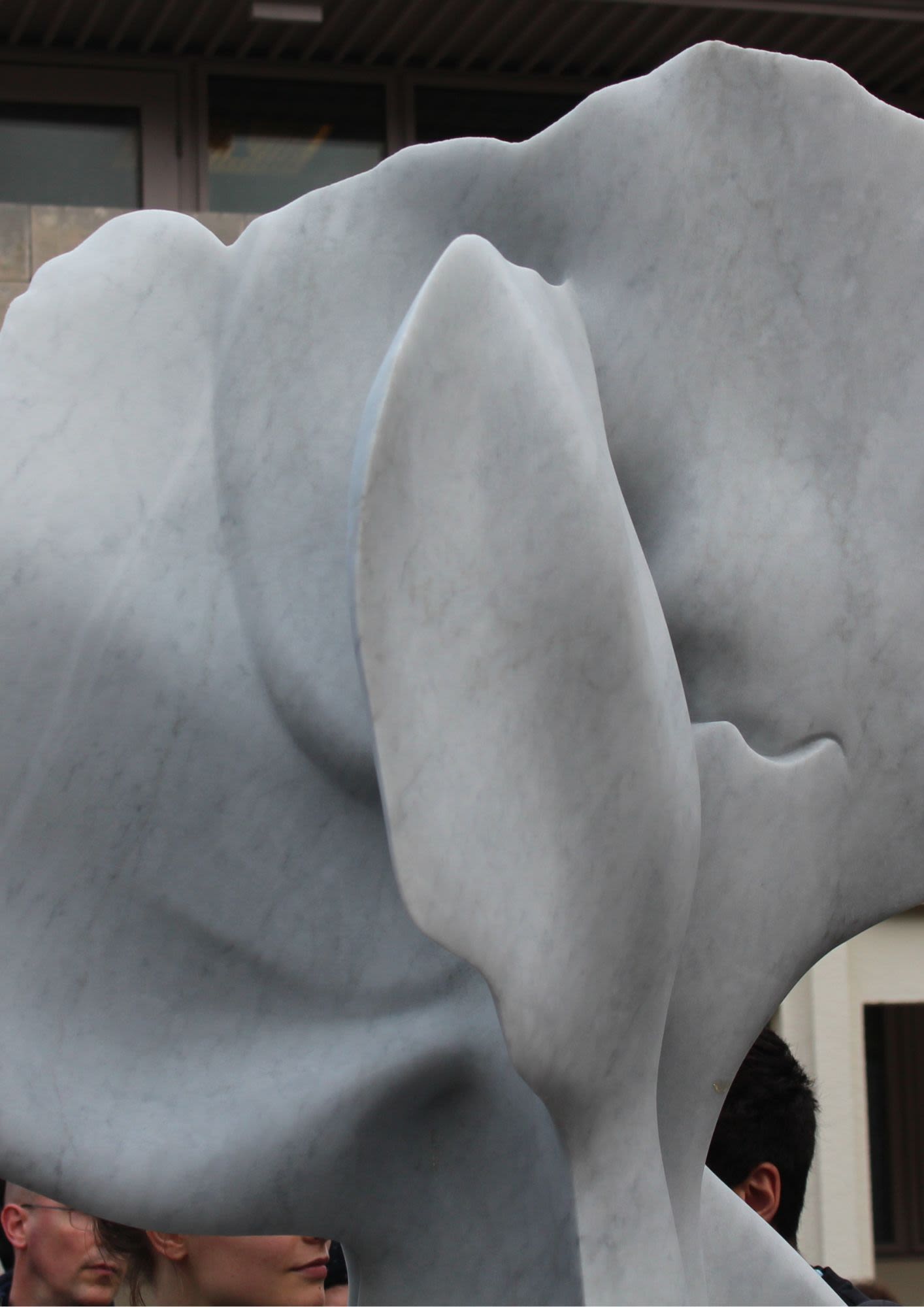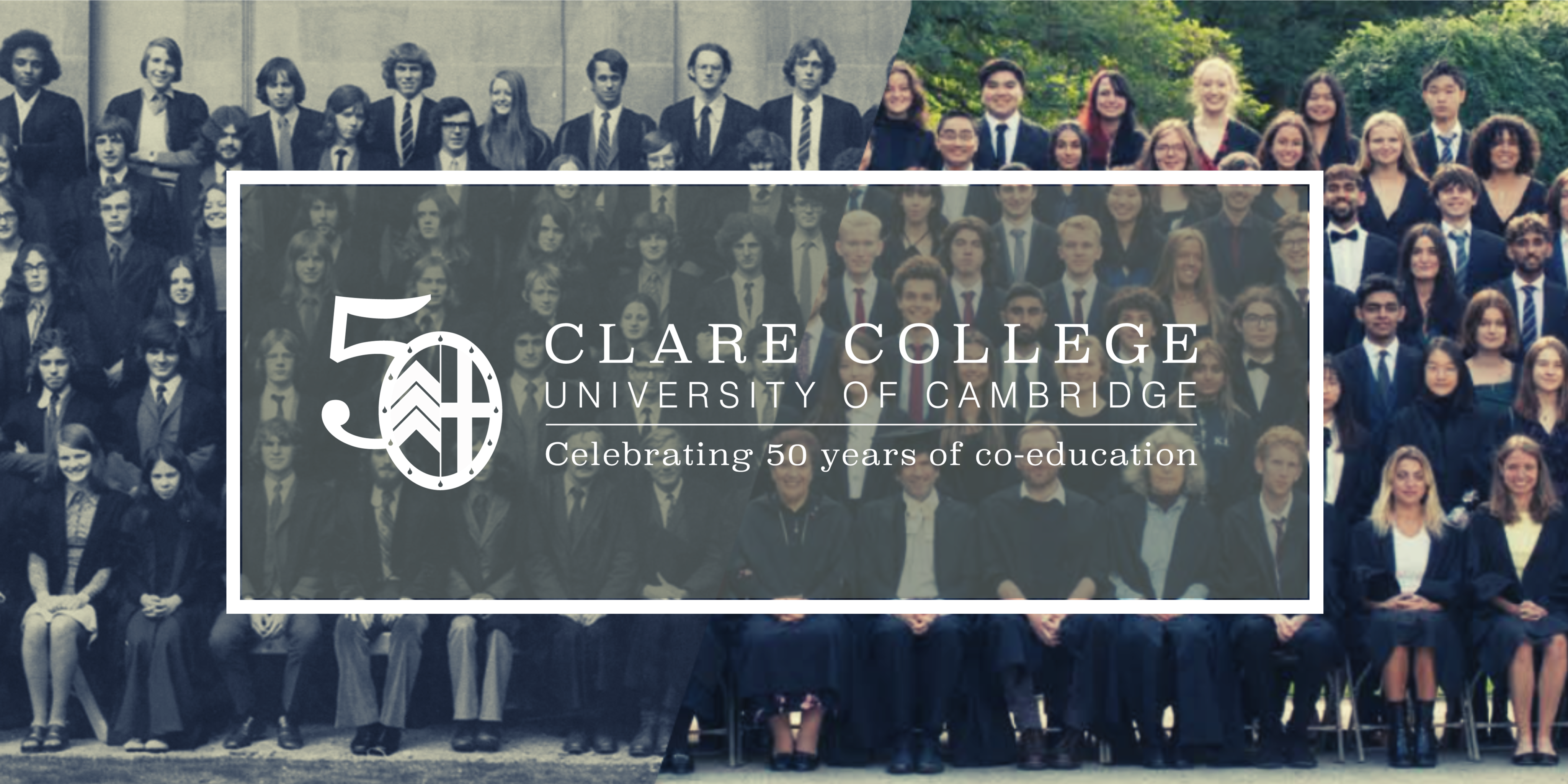
Lent term of 1970 saw big changes take place within Collegiate Cambridge and, more specifically, at Clare. After numerous Governing Body meetings, the first on the subject taking place in 1963, the decision was made for the College to implement co-education.
It was in fact, thanks to students at the time that such a movement came about. 1968 was the year of student uprising around the world, and Master Eric Ashby asked the students of Clare, "What do you want?" They stopped to think, and then responded with, "co-education."
Although the decision was made in 1970, it was not until October 1972 that Clare opened its gates to its first female students. Statutes were required to change, and the legalities of such a change were a lengthy process. In May 1970, Clare's first female Fellows, Alison Sinclair and Lucy King, had been selected but their official election did not take place until 1971. Physical changes also needed to be made to the College in order to welcome a larger number of students, and so Clare saw the addition of attic rooms, the Buttery, Bar and JCR.
Before long, a historical matriculation photograph was taken. One with male and female smiling faces, full of enthusiasm and the excitement of new possibilities. Since 1972, we have seen exceptional female students pass through our gates, along with several Senior Tutors, Chaplains and now a female Master.
We are delighted to mark 50 years of co-education this year, 2022 - 2023. Read on to hear all about the exciting events we have planned.
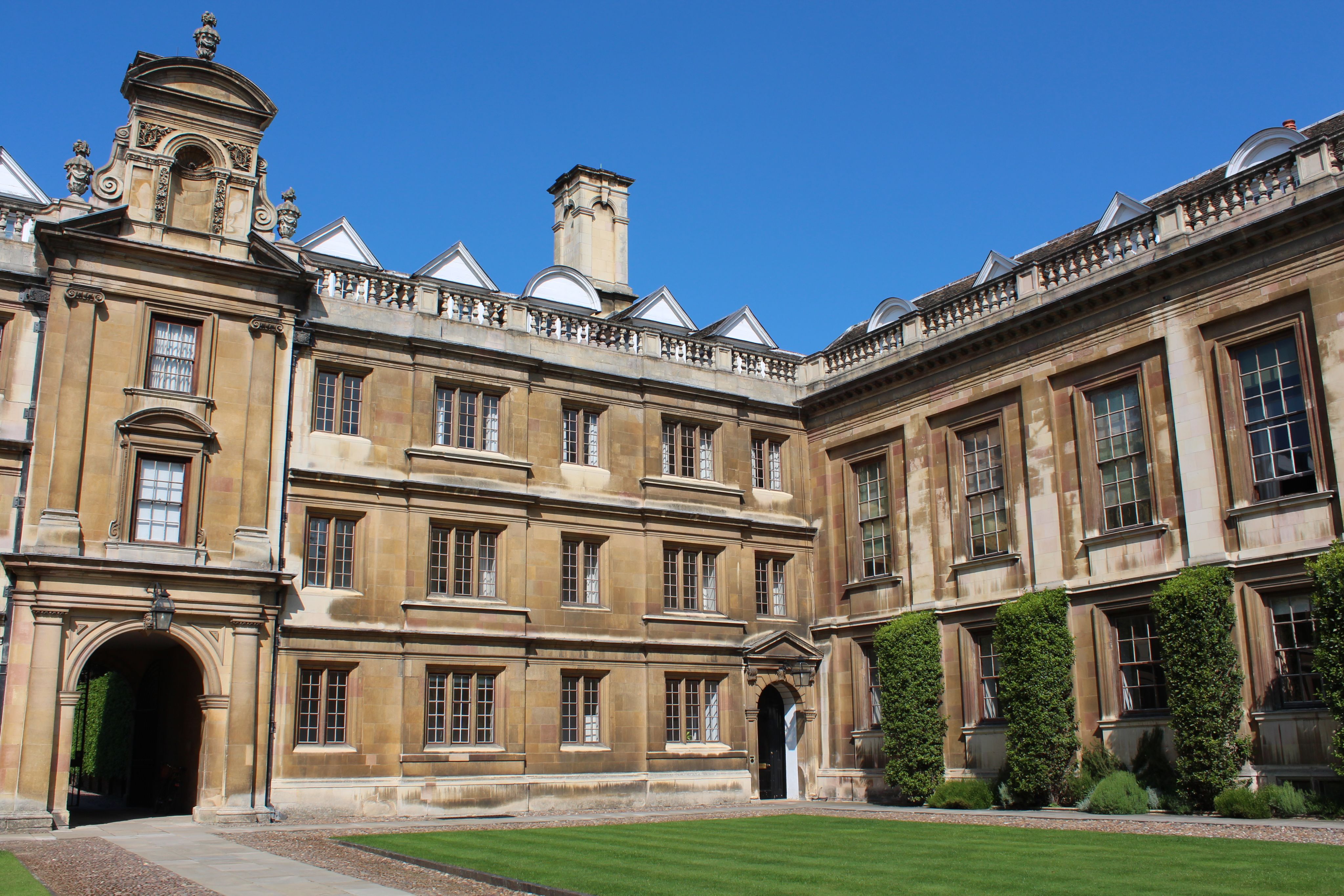
50 Stories for 50 Years
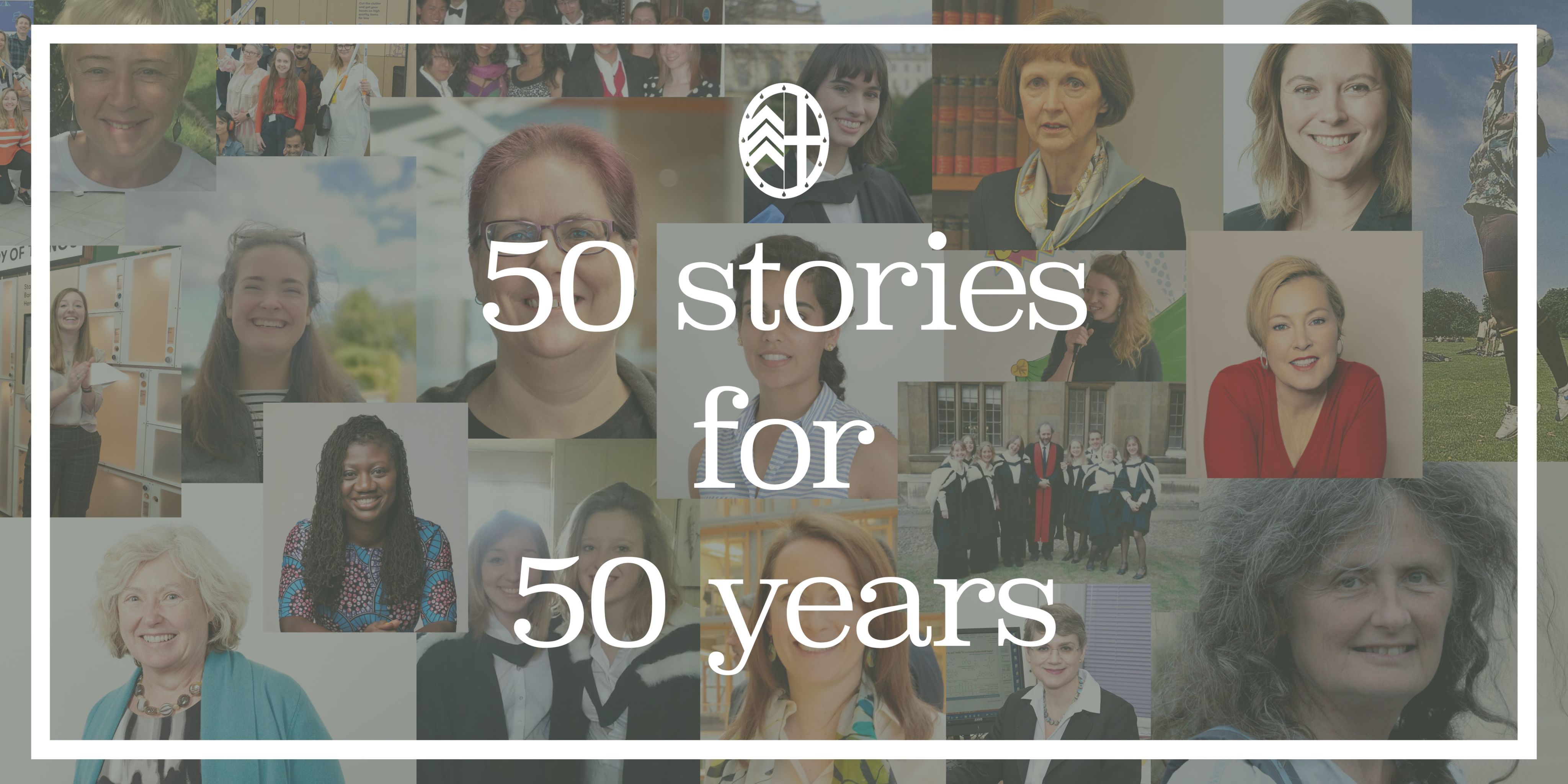
Throughout the year, we will be publishing stories from our alumnae, one for each year Clare has been a co-educational institution.
You can view the collection here

HOMMAGE
Helaine created HOMMAGE to celebrate the fiftieth anniversary of the admission of women to Clare College in October 1972. HOMMAGE takes its inspiration from this hard-fought decision and how it transformed the aspirations of young women.
Helaine has been tremendously energised by working on this sculpture. She worked throughout a very hot summer in her studio in Pietrasanta, the city in Italy renowned for marble sculpture since the time of Michelangelo. And here we have the beautiful result of that energy and effort and inspiration here in Ashby Court.
It’s quite meaningful that today we are standing in Ashby Court. Helaine was thrilled to discover that the sculpture could be sited in Ashby Court. In 1958, Eric Ashby was elected as Master with the determination to bring equal opportunities for women and co-education to Clare. It was not a straightforward process, although not as chaotic as previous discussions about the admission of women which led to riots in 1897. By the 1960s students were overwhelmingly in favour of it. But it was a long road from the first formal discussions to the arrival of the first female undergraduates in 1972.
You’ll see that HOMMAGE rises from a rough-hewn base, not a traditional pedestal, which speaks to the turbulent origins of equal education, the uneasy road. The sculpture then moves upward, its separate strands join together, rising and expanding to an expression of hope, aspiration and the possibility of continuing advancement.
Female identity has been a primary concern of Helaine’s work throughout her long career as a sculptor. HOMMAGE is a natural extension of this theme. The sculpture is multi-faceted, a physical expression of the complexities and contrasts of the struggle for equal opportunity. Look at it from different angles. You’ll see all the varied surfaces and edges. Some are more confrontational and others rounded and smoother.
Female identity was in a way part of Clare from the beginning, having been endowed by a woman, Lady Clare, who was remarkably independent for a woman of the 1300s. What she would have thought of women studying at Clare or this anniversary or HOMMAGE we’ll never know, But she described Clare as “the precious pearl of learning” and was a great patroness at a time when the arts were flourishing. So, I’d like to think she would love it. I can imagine her with us today walking around Ashby Court, looking at HOMMAGE, thinking and talking about her views, and what it all means to her.
Bringing art into public places is important to Helaine, and for her, public art relies on a bond between sculpture and setting and that bond is made complete by people – the people who use this space. If Helaine were here today she would encourage you to take some time here in Ashby Court before we go in to tea. Walk all around the sculpture. View it from different angles, from every side. Go up and touch it. What does HOMMAGE say to you? Because sculpture is a physical, tangible language for expressing ideas. This has been at the core of Helaine’s sculptural practice from the beginning. Having begun studying moral philosophy, she found that words could not fully express her thoughts, ideas, her dreams. Through sculpture – through shape and form – we can express what words cannot.
In closing, as we celebrate, it is important to remember that this anniversary is not a single historical moment that lives comfortably in our past, but part of a movement for equal opportunity that continues to shape and influence our lives today. HOMMAGE honours this. It is uplifting, tangible proof that the power to change can be present in every single one of us.
However just as the top of the sculpture rises to a thin edge we need to remember that there is fragility and risk inherent in all change. What was achieved 50 years ago is perhaps taken for granted by young people today. And indeed there are very troubling set backs happening in many places around the world today, places where the rights of girls and women to education have been taken away, abruptly. Right now young women in Iran are protesting their right to dress as they please. We may think these things only happen in far away places, but the voices of sexism and exclusionism are getting louder and bolder closer to home. So enjoy HOMMAGE and celebrate, but remain vigilant and be inspired -- inspire others to learn, to find their own voices, and keep “the precious pearl of learning” open to all.
